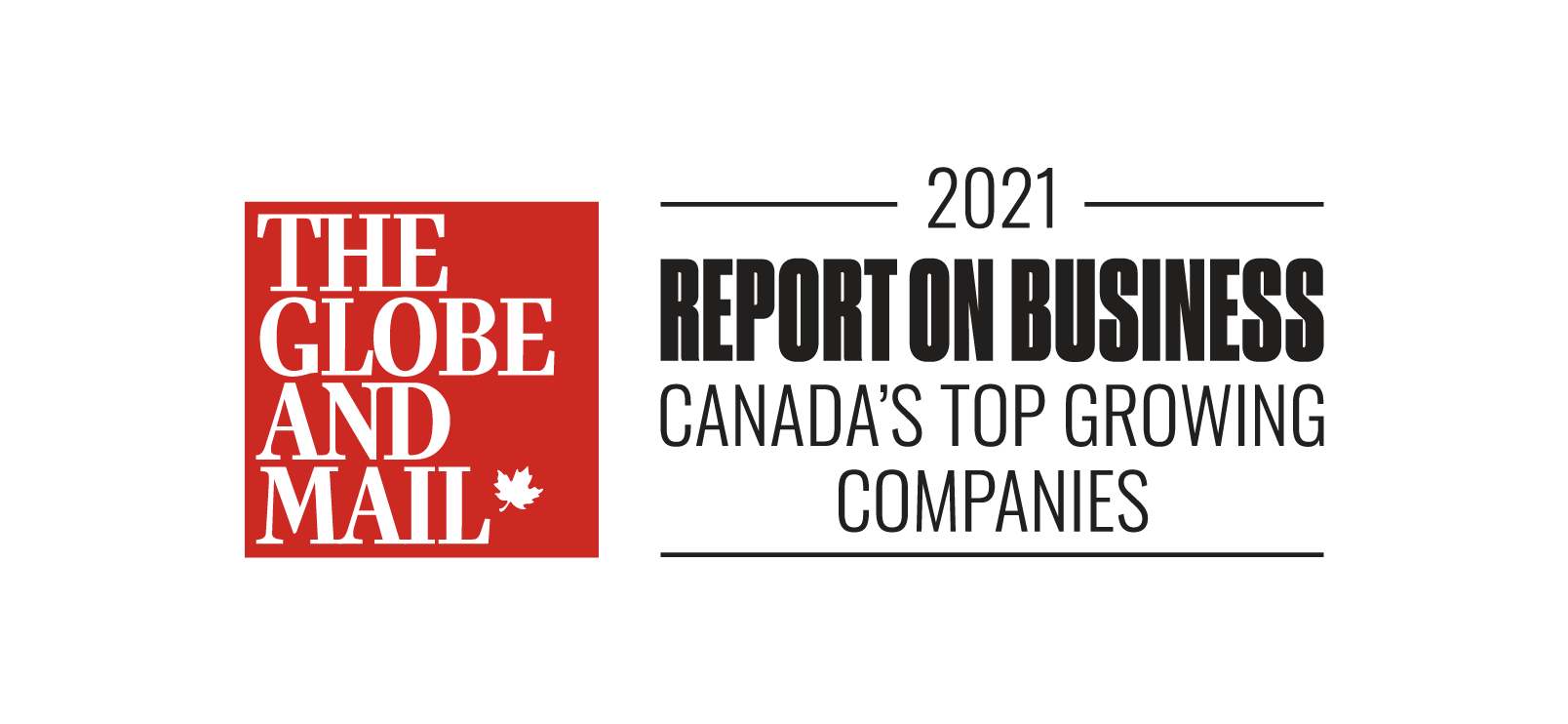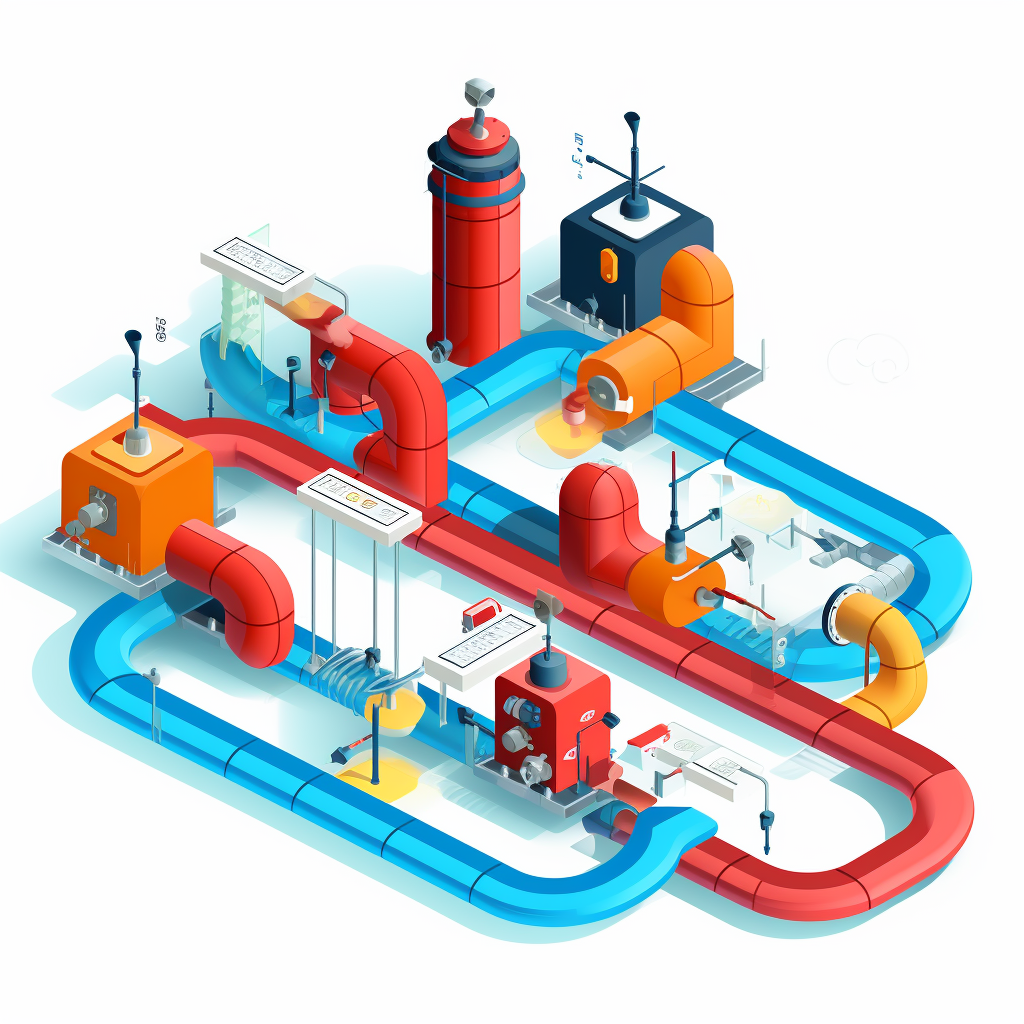Additive manufacturing (AM) has revolutionized design and production today. In fact, during the current Covid-19 pandemic, 3D printers have proven to be quite handy in the production of masks, supports for visors and parts for respirators.
Thanks to 3D printers, it is now possible to recreate a human heart with all its blood vessels using a few cells form a patient. This technology is within everyone’s reach and has a promising future in practically all fields. Let us take a closer look at how it compares with a more traditional process: subtractive manufacturing.
What is Additive Manufacturing?
Additive Manufacturing processes, commonly referred to as 3D Printing, build objects by adding material and bonding one layer at a time until the part is complete. Many different methods exist. Here are some of the more popular ones:
- FDM (Fused Deposition Modeling) is the best known and most accessible method to the public today. An extrusion head heats plastic filaments to temperatures close to 200°C and a nozzle deposits layers of filament on a heated bed. The bed drops (or the extrusion head goes up) allowing another layer to be deposited. These layers stick together and harden at room temperature.
- SLA (Stereolithography Apparatus) is another rapid prototyping method. It is based on the principle of photopolymerization. In this case, the tray is immersed in a monomeric plastic liquid and an ultraviolet ray oriented by deflector plates solidifies the resin one layer at a time.
- PolyJet is another additive manufacturing method that also works by the principle of photopolymerization. The photosensitive material is deposited on a tray layer by layer and hardens when exposed to ultraviolet light. Thanks to multiple print heads, a part can be printed using several materials and several colors at once.
- SLS (Selective Laser Sintering) is a manufacturing method most used by aeronautical and automotive companies and is not as accessible as the other printers because of its higher costs. The technology used is called sintering. It consists in melting and fusing a layer at a time of powder placed in a vat. Thanks to SLS printers, metal parts like supports or even turbine blades can now be printed.

There are several advantages to using a 3D printer. In terms of feasibility, this manufacturing method allows to have an almost infinite freedom in the manufacturing process. Engineers and designers can produce their optimized concepts without worrying about the manufacturing aspect. Consequently, less material is used and the parts are lighter: this is called eco-design. Based on a recent study, 3D printing could reduce the weight of an aircraft by almost 7%, resulting in a final in a decrease in fuel consumption of almost 6.4%, which means less CO2 emissions.
While designing visor mounts during the Covid-19 pandemic, time and cost od production were counted among other advantages of 3D printers. In only a few days. several dozen mounts were printed and shipped by different employees of Techso using their personal domestic printers. Il y a plusieurs avantages à utiliser une imprimante 3D.
What is Subtractive Manufacturing?
Subtractive manufacturing (SM) is an umbrella term which groups together all the operations which make it possible to transform a block of solid material by progressive withdrawal of material, in particular by machining, in order to arrive at the desired shape of a part. Here are a few manufacturing processes:
- CNC Machining (Computer Numerical Control) is a family of computer aided manufacturing techniques used in most industrial companies today. Material removal is accomplished through a series of machining processes, including drilling, threading, turning and milling.
- EDM (Electrical Discharge Machining) is a metal fabrication process that uses electrical discharges to obtain a desired shape.
- Laser Cutting, as its name implies, is a highly accurate technology that uses a laser to slice materials.
- Water Jet Cutting is a process that allows cutting a variety of different materials using a high-pressure water jet.

Additive vs. Subtractive Manufacturing
Subtractive processes are the most widely used manufacturing methods in the world. On the other hand, additive manufacturing has opened the door to new applications in several fields of work. In the following table, these two methods are compared using a few criteria relevant to today’s industrial applications:
Criteria |
Additive Manufacturing (3D Printers) |
Subtractive Manufacturing (CNC, EDM) |
Equipment Cost |
• Domestic Printers: $100-$1k• Professional Printers: $3.5k-$10k• Industrial Printers: $10k-$150k+ |
• Small Domestic CNC machines: $1k-$3k• Professional Machines: $5k – $100k• Industrial Printers: $60k – $500k+ |
Training |
• Domestic Printers: simple installation and minimal training• Industrial Printers (big scale): dedicated staff and average training• As soon as CAD is completed by the designer automated process |
• Domestic Printers: simple installation and minimal training• Industrial Printers (big scale): dedicated staff and advanced training• Operator required: CNC code or manual operation |
Prod. Rate |
• Disadvantage: slow process but higher quality and properties |
• Fast mass production |
Material Variety |
• Rather low melting temperature• Increases with the development of the technology |
• Nonrelated to melting temperatures• Big variety |
Loss |
• Less waste – mainly supports |
• More waste – shavings and scraps |
Finish |
• Cleaning and finish required (in most cases) |
• Finish is done during the manufacturing process |
Maintenance |
• Regular Cleaning |
• Regular Cleaning.• Worn tools (contact, friction, heat, wear) |
Design |
• More design freedom• More complex parts• Part density options (lightweight)• Merged parts, fewer assemblies (less bolts, nuts and screws) |
• Limited to movement restrictions and tools used• Less complex parts• Fixed density (material)• Higher quantity of parts |
Even though additive and subtractive processes have quite apparent differences, they often take complementary roles in a product’s lifecycle in the industrial world. The appearance of additive processes has revolutionized prototyping. However, despite the many advantages of additive manufacturing, subtractive manufacturing is still considered the traditional and more reliable method for companies of mass production. Moreover, the exploration of new technologies such as Laser Cutting and EDM suggests that this technology is not likely to disappear anytime soon.



